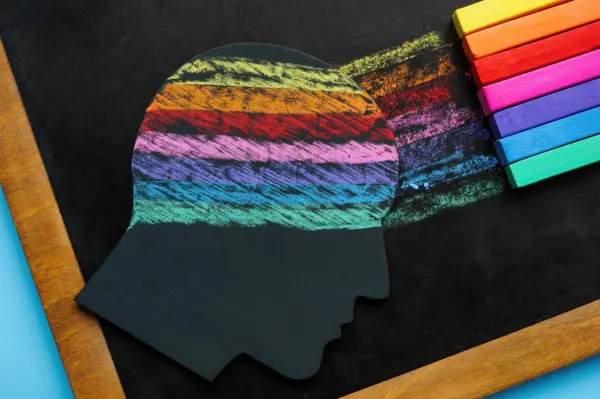Creating Inclusive Educational Environments Through Understanding Neurodiversity
Recent research on creating inclusive educational environments shows that schools implementing comprehensive neurodiversity support strategies see up to a 40% reduction in behavioral incidents and significant increases in student engagement. As educational leaders navigate the complexities of supporting diverse learners, understanding and embracing neurodiversity has become essential for creating inclusive educational environments that work for all students.
In a recent Dean’s Roundtable podcast episode, Haley Spira-Bauer, Chief Operating Officer and Chief Academic Officer at Full Mind, shared valuable insights about neurodiversity in school leadership and strategies for creating inclusive educational environments.

The Critical Role of Educator Well-being During Election Periods
Student life professionals face multifaceted challenges in post-election environments:
- Facilitating balanced political discussions
- Supporting students experiencing family political stress
- Maintaining professional neutrality
- Managing personal political responses
- Addressing heightened student emotional needs
“Prioritizing self-care isn’t optional—it’s the foundation that enables educators to provide stable support for students during uncertain times.”
1. Understanding the Spectrum of Neurodiversity
Neurodiversity encompasses various ways individuals process information and experience the world. Traditional assessments and understanding often focus on male presentation of neurodivergent traits, potentially overlooking different manifestations across genders and individuals.
Practical Application:
- Implement regular staff training on recognizing diverse presentations of neurodiversity
- Create assessment checklists that account for gender differences in neurodivergent traits
- Develop observation protocols that consider multiple ways neurodiversity may manifest in the classroom
2. Building Supportive Educational Environments
Creating an inclusive environment requires intentional relationship-building and systematic support structures.
Key Strategies:
- Establish Regular Check-ins
- Schedule weekly individual student meetings
- Create safe spaces for expression
- Document progress and adjustments needed
- Implement “Notice Statements”
- Focus on objective observations without judgment
- Track patterns of engagement and participation
- Share observations with teaching teams
Practical Application:
- Create a standardized “notice statement” template for staff
- Schedule monthly team reviews of student observations
- Develop communication protocols for sharing insights across staff
3. Working with Families
Effective family partnerships are essential for supporting neurodiverse learners.
Key Approaches:
- Communication
- Regular updates through multiple channels
- Clear documentation of strategies
- Collaborative goal-setting
- Support Systems
- Parent education workshops
- Resource sharing
- Advocacy training
Practical Application:
- Create family communication templates
- Schedule monthly parent education sessions
- Develop resource guides for home support
4. Measuring Impact and Success
Track the effectiveness of neurodiversity support initiatives through systematic data collection.
Assessment Areas:
- Student Progress
- Academic achievement
- Social-emotional development
- Behavioral incidents
- Community Engagement
- Family participation
- Staff implementation
- Resource utilization
Practical Application:
- Develop data tracking systems
- Schedule regular review meetings
- Create improvement action plans
Building Long-term Success
Creating sustainable support for neurodiversity requires ongoing commitment and adaptation.
Success Factors:
- Consistent leadership support
- Regular professional development
- Clear communication channels
- Systematic data collection
- Continuous improvement processes
Taking Action in Your School
Begin implementing these strategies through a structured approach:
- Assessment
- Conduct needs analysis
- Survey stakeholders
- Review current practices
- Planning
- Set clear goals
- Define success metrics
- Create implementation timeline
- Implementation
- Train staff
- Launch pilot programs
- Monitor progress
- Evaluation
- Collect feedback
- Analyze results
- Adjust strategies
Understanding and supporting neurodiversity in school leadership is an ongoing journey that requires dedication, flexibility, and continuous learning. By implementing these strategies systematically and measuring their impact, schools can succeed in creating inclusive educational environments where all learners thrive.
Creating inclusive educational environments requires consistent effort and commitment from all stakeholders. Through dedicated implementation of these strategies, schools can build lasting support systems for neurodiversity.
Share Your Experience: How does your school approach creating inclusive educational environments for neurodiverse learners? Share your strategies and challenges in the comments below.
Bridget Johnson
Want more support as a student life professional?
Look no further than the Deans' Roundtable Community
- Network with a vast directory of student life professionals like yourself
- Gain a multitude of professional development opportunities to be the best version of yourself
- Gather expert advice on the important questions you need answered

